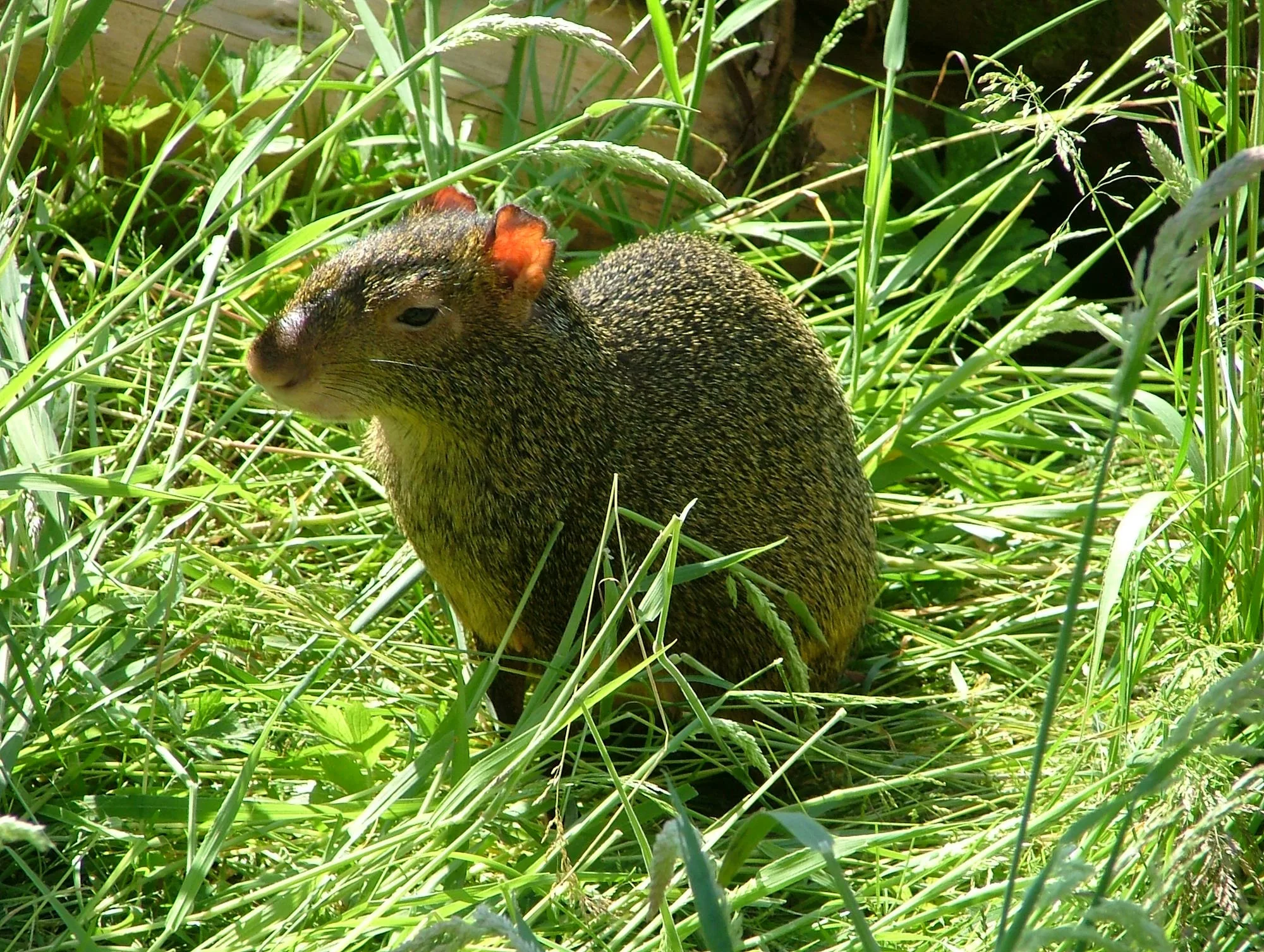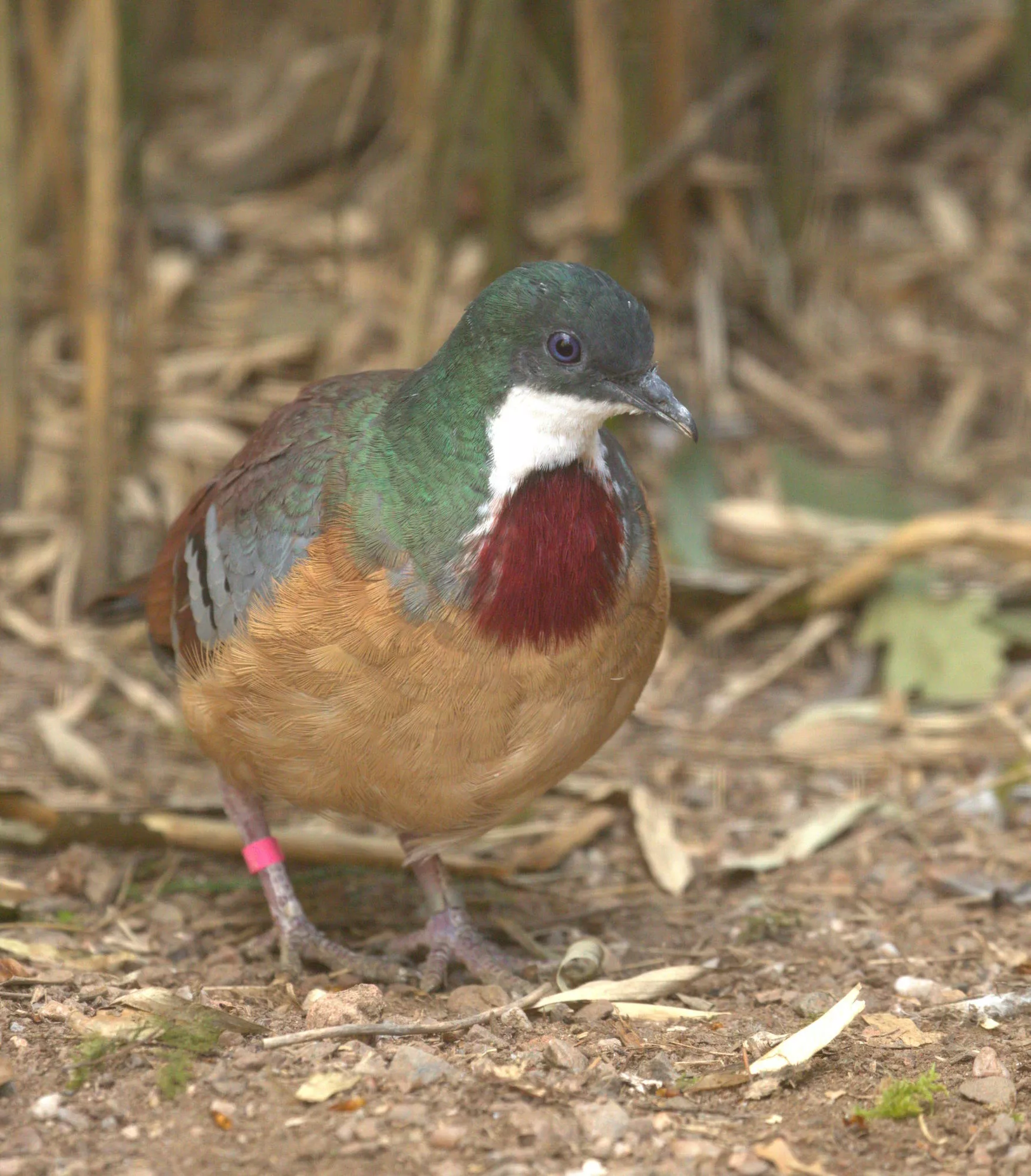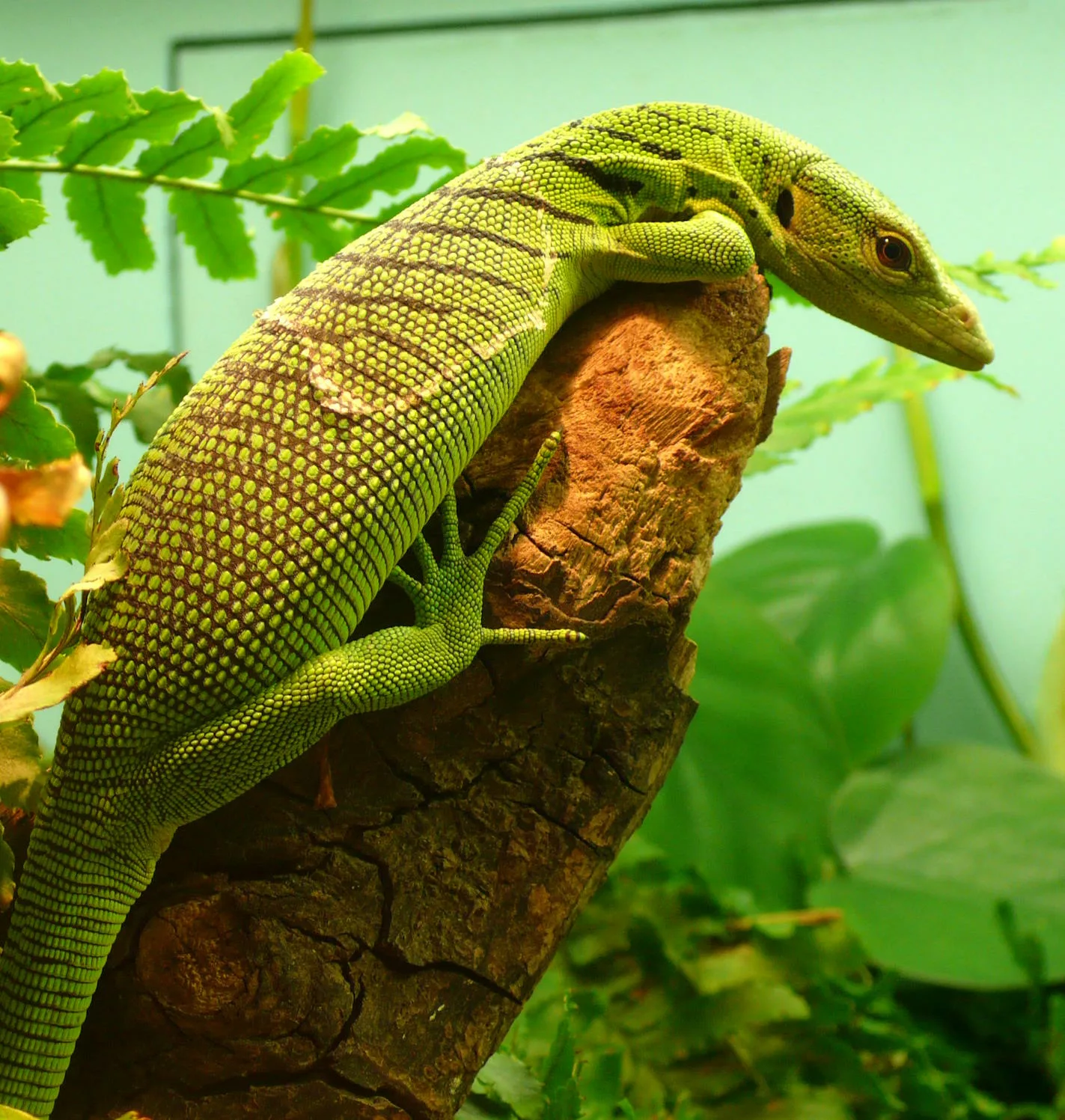
Black-cheeked lovebird
Scientific name: Agapornis nigrigenis
IUCN listed as: Vulnerable
Learn before you visit!
Here are some facts about the species – Discover what they eat, find out about their natural habitat, see what they like to do, and more… Set the reading style to suit you too, everyday speak or something aimed towards children.
Child-friendly
Everyday
Diet
Black-cheeked lovebirds primarily feed on seeds, fruits, and berries. They particularly favour grass seeds and the seeds of cultivated crops such as maize and sorghum. Occasionally, they may also consume leaf buds and flowers. In the wild, they forage both on the ground and in trees.
Black-cheeked lovebirds eat mostly seeds, fruits, and berries. They really like grass seeds and the seeds from crops like corn and sorghum. Sometimes, they munch on leaf buds and flowers too. They search for food both on the ground and in the trees.
Breeding
Breeding for the black-cheeked lovebird usually occurs during the rainy season when food is abundant. They nest in tree cavities, often using leaves and twigs to line their nests. Females typically lay between 3 to 6 eggs, which they incubate for about 23 days. Once hatched, the chicks fledge the nest around 44 days later.
Black-cheeked lovebirds usually have babies during the rainy season when there’s lots of food. They make nests in tree holes and use leaves and twigs to make them comfy. The mother bird lays 3 to 6 eggs and keeps them warm for about 23 days. After the eggs hatch, the baby birds leave the nest about 44 days later.
Habitat
Black-cheeked lovebirds are native to Zambia, where they inhabit deciduous woodland and grasslands, particularly areas with proximity to water. They are also found in agricultural lands where crops are grown. These lovebirds prefer regions with plenty of tall trees for nesting and foraging. Seasonal migration within their range is common, influenced by food availability and breeding requirements.
Black-cheeked lovebirds live in Zambia, in woodlands and grasslands, especially near water. They are also seen in farmlands where crops grow. They like areas with lots of tall trees for making nests and finding food. They move around their home area depending on where they can find food and have babies.
At the zoo
In zoos, black-cheeked lovebirds are provided with a diet similar to their natural one, including a mix of seeds, fruits, and vegetables. They require spacious aviaries that mimic their natural habitat, complete with plenty of perches and nesting sites. Enrichment activities are important to keep these social and active birds stimulated. Zoos also participate in breeding programmes to help conserve the species.
In zoos, black-cheeked lovebirds eat seeds, fruits, and veggies, just like they do in the wild. They need big cages with lots of places to perch and nest, so they feel at home. Fun activities are important to keep these lively birds happy. Zoos also help them have babies to make sure they don’t disappear from the wild.
Behaviour
Black-cheeked lovebirds are highly social and often seen in small flocks. They communicate with each other using a variety of vocalisations, including whistles and chirps. These birds are known for their strong pair bonds, often seen engaging in mutual preening. During the hottest parts of the day, they rest in the shade, becoming more active during the cooler morning and evening hours.
Black-cheeked lovebirds are very social and usually seen in small groups. They talk to each other with different sounds like whistles and chirps. These birds stay close to their partners and like to groom each other. They rest in the shade when it’s hot and are more active in the morning and evening when it’s cooler.
Fun facts
- Monogamous Mates: Black-cheeked lovebirds form lifelong pairs and are often seen together, even when flying.
- Chatty Birds: They have a variety of calls and are very vocal, especially during social interactions.
- Nesting Materials: They carry nesting materials tucked into their feathers to their nest sites.
- Playful Nature: These birds love to play and can often be seen hanging upside down or performing acrobatics.
- Limited Range: They are one of the few lovebird species with such a restricted range, being endemic only to Zambia.
- Lifelong Friends: Black-cheeked lovebirds stay with the same mate for life and always stick together.
- Talkative: These birds are very chatty and make lots of different sounds when they talk to each other.
- Feather Carriers: They carry stuff for their nests by tucking it into their feathers.
- Fun Lovers: They love to play and can do cool tricks like hanging upside down.
- Homebodies: These lovebirds only live in one place in the world – Zambia.
More animals to discover at our zoo
Quick Links
Tickets & Prices
You can buy tickets for Exmoor Zoo securely online, as well as finding out more price options, discover offers, and more…
What’s on…
Exmoor Zoo hosts incredible Events all through the year. You can find out about what we’ve got in store here…
Routes & info
Like any great discovery, Exmoor Zoo can feel a little off the beaten path – but don’t worry – you can plan your journey with our recommended routes and other useful travel info.



























